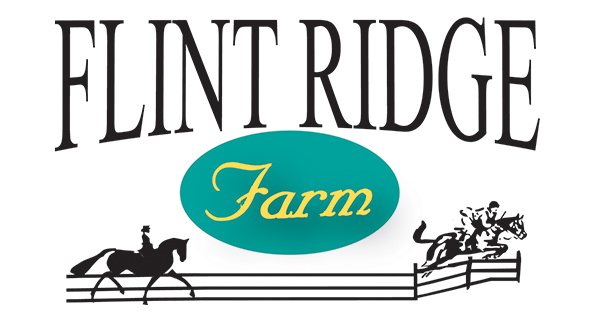AHJA: Alabama Hunter Jumper Association. The AHJA is the principle hunter jumper show organization in Alabama. The show season runs from March to November, culminating in a championship show at the season’s end. For “recognized” hunter shows in Alabama, the AHJA is the governing organization recognizing most of the shows.
USHJA: United States Hunter Jumper Association. The USHJA is the United States national equestrian organization for hunters and jumpers. USHJA is the United States Equestrian Federation recognized FEI discipline affiliate for show jumping and the USEF recognized national affiliate for hunters.
CSI: An FEI recognized Show Jumping competition. The size and level of the competition is measured by a number of stars, 1-5, however the height and width of the jumps do not necessarily change with the number of stars.
Jump Off: Jump-offs are held over obstacles from the original course that may include
obstacles not included in the initial round. In a jump-off, any sequence of obstacles in either direction may be employed. Obstacles may be raised, lowered, broadened or narrowed. Jump off courses serve to determine the overall placings of the class after the initial round.
Fault: A penalty incurred for knocking down an obstacle, refusing to jump an obstacle, running around an obstacle, or exceeding the optimum time.
Optimum Time: The distance divided by the designated speed gives the optimum time. Completing the course in less than the optimum time results in zero time penalties. A competitor exceeding the optimum time will be penalized.
Refusal: A disobedience in which the horse resists going over the element. At obstacles or elements with height (exceeding 30 cm), a horse is considered to have refused if it stops in front of the obstacle to be jumped. At all other obstacles (i.e., 30 cm or less in height) a stop followed immediately by a standing jump is not penalized, but if the halt is sustained or in any way prolonged, this constitutes a refusal. The horse may step sideways but if it steps back, even with one foot, this is a refusal.
Run Out: A disobedience in which a horse avoids the obstacle or element in such a way that it has to be represented.
Oxer: An oxer is a type of jump with two rails that may be set even or uneven. The width between the poles may vary. There are several types of oxers including ascending, descending, parallel, square, swedish, and triple bar.
Vertical: An obstacle with the top rail set level between one set of standards. The front of the obstacle has a completely vertical face and has no spread besides the width of the rails.
Cross Rail: Two rails set between one set of standards, each with one end touching the ground.
